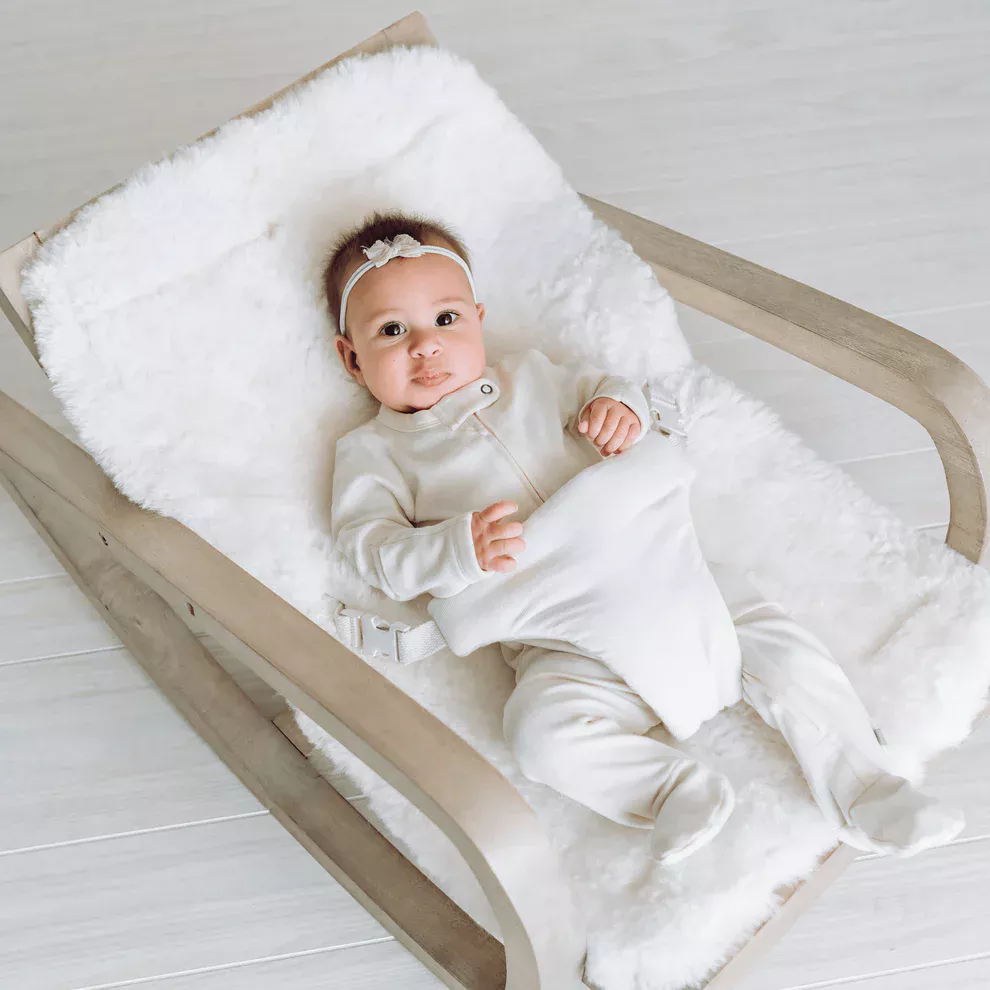Choosing the right
Child Safety Gate
Purchasing the right child safety gate the first time around is important to eliminate any unnecessary returns.
To determine the best child safety gate, the following are some points you need to consider :
- Where will the gate be installed? - Is it at the top of the stairs or in a doorway ? Pressure mounted barrier gates are not recommended at the top of the stairs. Wall mounted gates should not open out over the stairs and should contain a stop to prevent this.
- What are the exact dimensions of the opening? The widest pressure gates are about 48" while wall mounted gates are available up to 13'. Special use gates are available for openings where mounting points are not in a direct line.
- To what surface will the gate be mounted? On a wood door frame, hollow wall, wrought iron, brick or wood. When hardware mounting, it is normally very easy and inexpensive to fix holes in wood or drywall with putty or spackling available at any hardware or paint store.
Child safety gate generally fall into two categories: Pressure mounted or Hardware mounted. The installation decision should be determined by where and how the gate is being used.
Pressure Mounted Child Safety Gate
Pressure mounted gates require no holes or hardware for installation and are best suited for less hazardous locations such as a doorway between rooms or at the bottom of a stairway. Most traditional pressure gates have panels that slide past each other and are really barriers using a locking bar or other locking mechanism combined with rubber feet wedging the gate into place. They can be easily dislodged if not properly re- adjusted each time they are opened, which often encourages adults to "climb over," causing another safety hazard. The soft travel models are mesh barriers with no walk through feature. Other more recent pressure designs stay mounted in uneven openings and utilize a step-through, walk-through, or swinging gate section that can be opened in either direction with one hand without bending over. These newer styles are a little more expensive but their convenience encourages proper use.
Hardware Mounted Child Safety Gate
Hardware gates are considered safer than pressure gates because they are permanently mounted and are best for areas where safety is paramount, like at the top of stairs. No one likes to drill holes but parents need to understand that a little wood putty or spackling can save an agonizing trip to the hospital emergency room. The screws generally included with these gates are for mounting directly into wood. Installation into other surfaces like dry wall, brick, wrought iron or glass blocks will require additional hardware available from any hardware store or home improvement center. Specially designed gate installation kits are offered by several companies to aid in the mounting of any gate or barrier. Gates should never swing out over the stairs and should have a built-in directional device to prevent this from happening. Most hardware-mounted gates must to be mounted from point A to point B in a straight line. Some newer hardware mounted multi-purpose gates can form angles to cover odd shaped or irregular areas like staircases, hot tubs, fireplaces and wood burning stoves. The gate should also have no fix horizontal bar on the bottom that can cause a tripping hazard.
Features To Look For
- One-hand release allows you to open and lock a gate with one hand. This is great for times when you are carrying a baby (and that is sure to be often).
- Dual-direction swinging allows you to open the safety gate in either direction (non-stair applications only).
- Expandable child safety gate can fit doorways and openings of different sizes.
- See-through safety gates allow you full vision of baby.
- Installation kits help in mounting safety gates on various surfaces.
- Extension kits allow gates to expand to fit openings larger than standard-size doorways and windows.
- Safety gates come in various materials that complement any décor--wooden, plastic-coated steel, and soft mesh.
Safety Tips
- Do not install pressure-mounted safety gates at the top of stairways, as they cannot withstand as much pressure as wall-mounted safety gates.
- Do not purchase child safety gate constructed with wide mesh screens patterns larger than 1 square inch.
- Do not purchase accordian - style child safety gate as they pose finger pinching hazards as well as a climbing ladder in the closed position.
- Discontinue using baby safety gates when your child is 36 inches tall or is 2 years old or if the child can open the gate independently or climb over it.
- A child safety gate should never be less than three quarters of your child's height.
- Always install pressure gates with the lock release on the opposite side you are protecting.
- Follow installation instructions and anchor the safety gate firmly in the doorway or stairway.
- Always close the safety gate behind you when leaving the room and never leave your child unsupervised.
- Do not use older models of safety gate that are not certified for safety. They are more prone to be hazardous.







New! Comments
Have your say about what you just read! Leave us a comment in the box below.